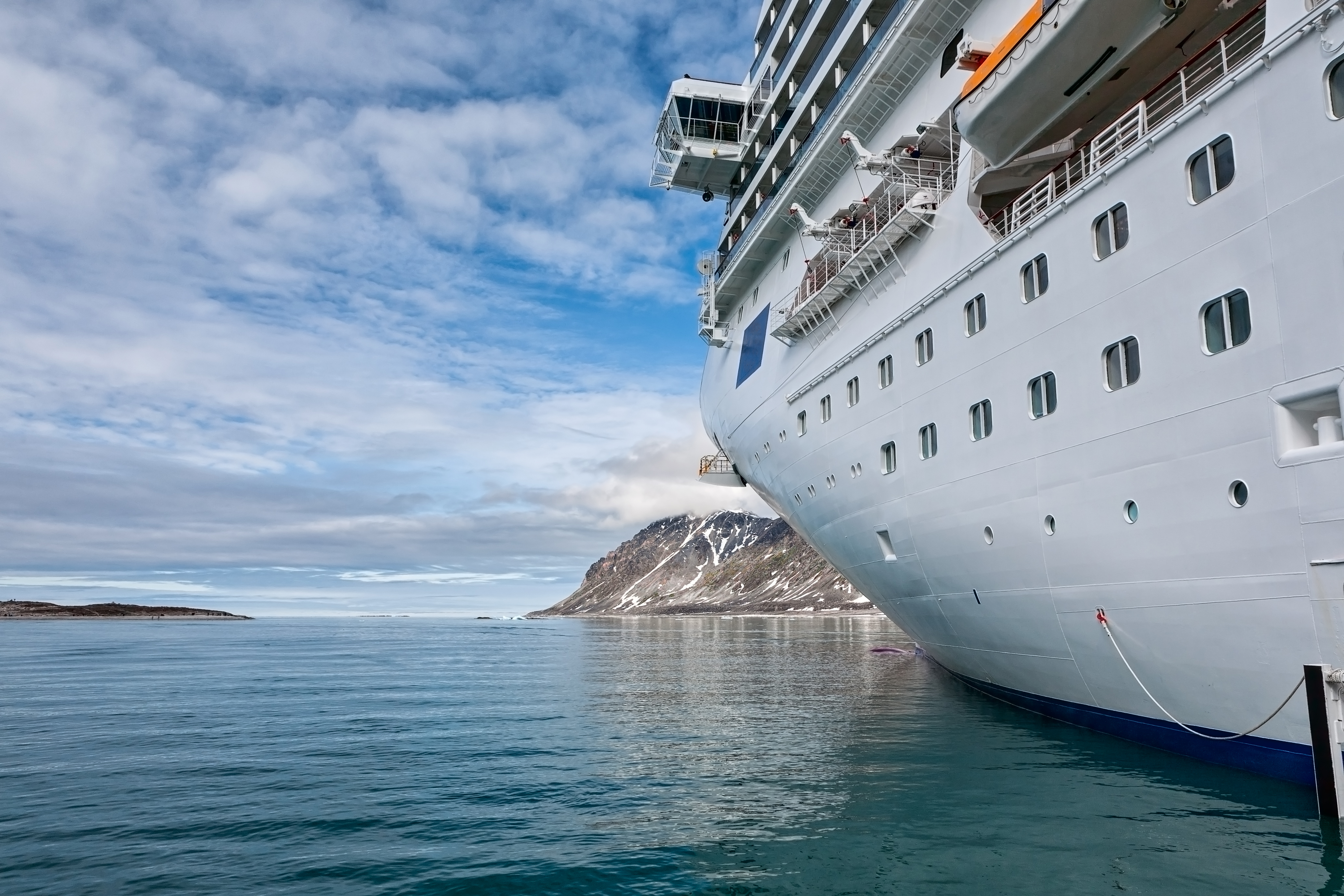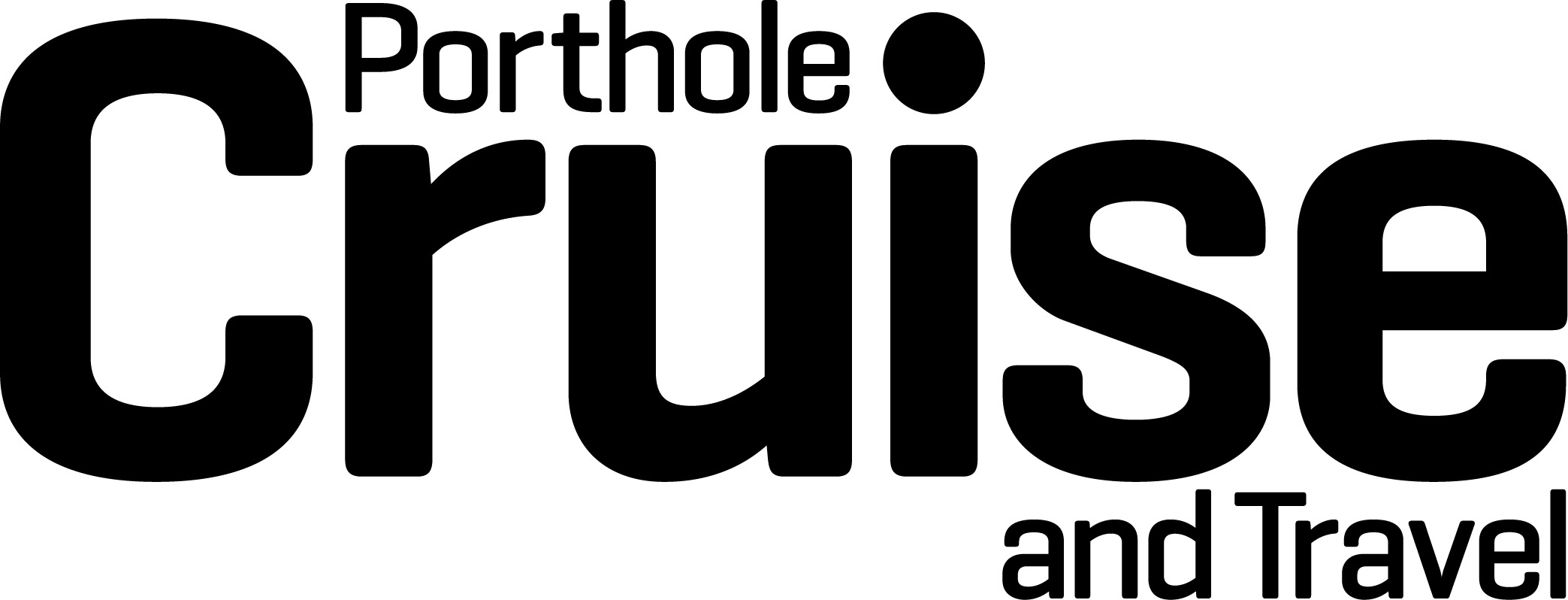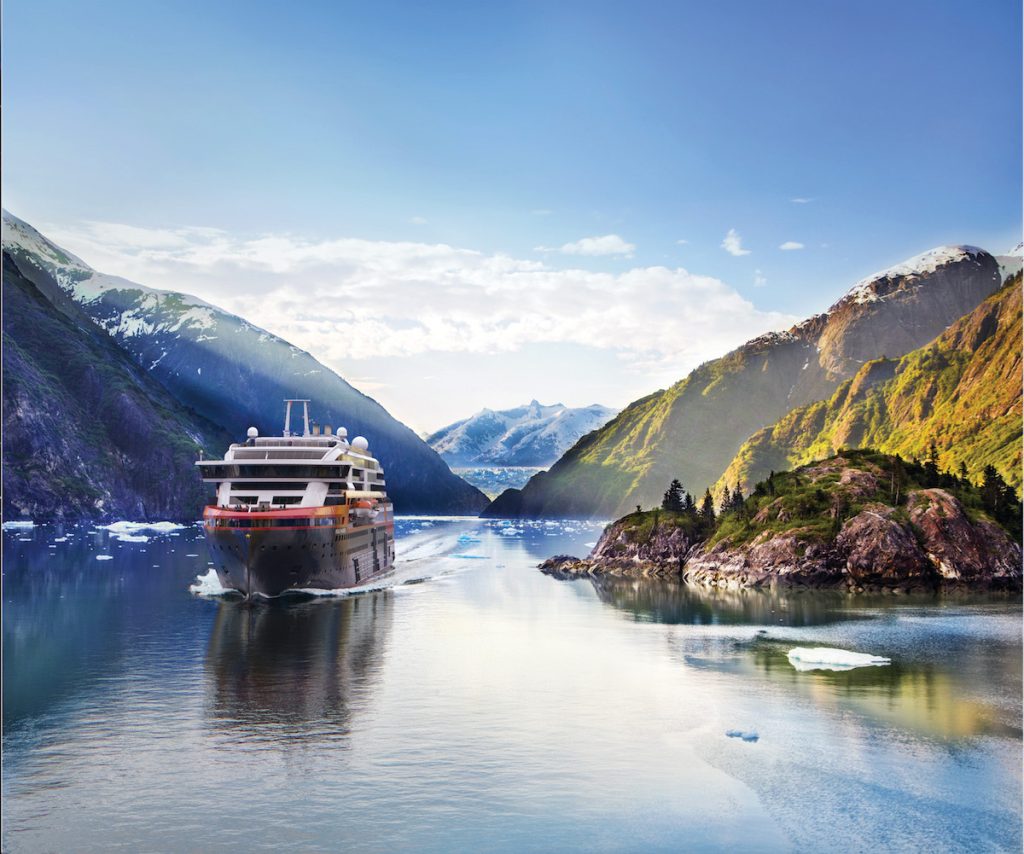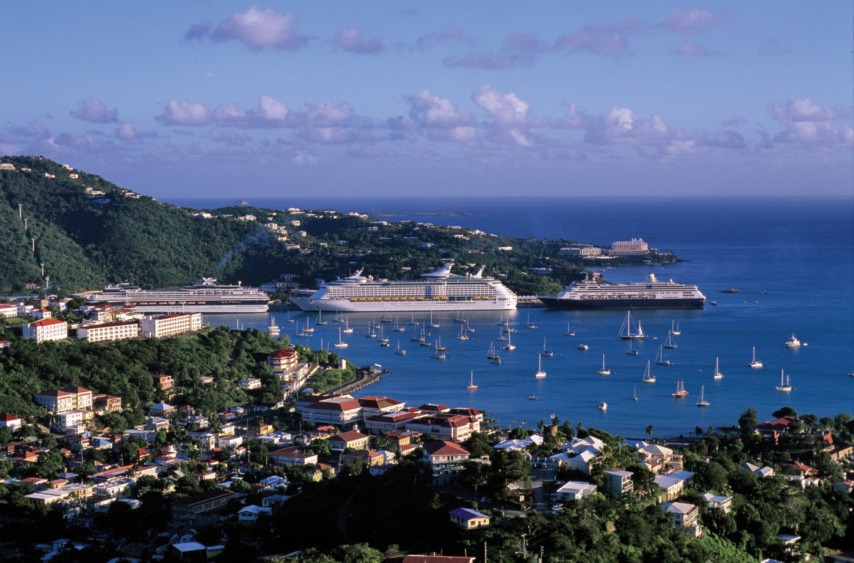
Norwegian Directorate of Health Unveils Guide for Safe Cruising
One of the first places to see a return to cruising was the coast of Norway and now we have the full details as to how it’s being done. The Norwegian Directorate of Health, in coordination with the Norwegian Institute of Public Health, have released a very thorough, 67-page guide for healthy cruising protocols during the COVID-19 pandemic.
Portions of the guide appear below, delineated by italics.
What is in the Norwegian Healthy Cruising Guide?
The whole point of the guide is to provide a blueprint for cruise lines on how to safely operate their business while preventing the COVID-19 virus from spreading, or even getting on board in the first place.
From the introduction page:
This guide provides advice on how cruise businesses can operate to protect infection and prevent accidental exposure to, and the spread of, covid-19. The aim of the proposed infection control measures is to protect both passengers and crew on board cruise vessels along the Norwegian coast. Although the recommended infection control measures are implemented, cases of Covid-19 may still occur. The recommended measures will help limit the spread of infection. The guide includes operations of coastal cruises along the Norwegian coast, as well as activities and experiences related to this.
What is Coronavirus and How Does it Spread?
The first thing that needs to happen when preparing to cruise again is a thorough understanding of how COVID-19 spreads from person to person. According to the guide:
Covid-19 is primarily transmitted via drops from the respiratory tract of an infected person when talking, coughing or sneezing (droplet infection). Most slightly drops are spread no longer than 1 meter, but by coughing or heavy sneezing they can probably be spread up to 2 meters away.
The virus can also be transmitted by getting viruses on your hands, and transmitting it from there to the mucous membranes of the eyes, nose or mouth (contact infection). At the present time, there is evidence that a person who is infected can infect others from 1-2 days before she or he even develops symptoms.
The procedures for preventing infection from person to person laid out by the Norwegian Directorate of Health are relatively simple: reduce human contact, practice good hygiene and avoid those who are sick.
But, those are easier said than done.
The single most important thing for cruise lines to do is avoid allowing sick people on the ship to begin with as even with the best social distancing and hygiene practices, infections from person to person can still occur. The guide stresses proper hand washing, and when unavailable, using alcohol-based disinfection products.
Cruising May Be Less “Social”
Handshakes are a thing of the past. As is eating dinner with new people. Norwegian coastal cruises will practice something called “Cohort Division”:
Passengers shall be divided into cohorts at meals and all activities to prevent larger group accumulations and to limit the number of people who need to be followed up in case someone becomes infected. The cohort groups shall be consistent so that it is the same people who bypass each other during the coastal cruise along the Norwegian coast…. Shaking hands, hugging and unnecessary physical contact are avoided.
Enhanced Cleaning and Health Protocols
The guide goes into great detail about how cruise lines should go about cleaning their ships.
The new Coronavirus (SARS-CoV-2) is easily removed by manual cleaning with water and regular cleaning agents. The virus can survive on surfaces from hours to days, depending on the type of surface, temperature, sunlight and other factors. The virus’s ability to cause disease probably decreases rapidly on surfaces, depending on the number of viruses. The risk of indirect contact infection is therefore greatest if a surface is touched immediately after it is contaminated.
Enhanced cleaning procedures from the Norwegian Directorate of Health include instructions for cleaning frequency as well as technique. The guide stresses cleaning common areas multiple times per day, or in some cases like communal touch screens, after each use. They even recommend installing glass partitions between guests and employees at reception areas.
Worst Case Scenario Procedures
Should a passenger test positive for the virus, there are procedures that must be followed to limit the spread and keep the ship as healthy as possible. First and foremost, that person is isolated to their cabin – no exceptions. From there, onboard medical professionals will decide the next step:
Persons with symptoms of Covid-19 should be monitored / followed up by healthcare professionals on board vessels. There should be a routine for this, including the use of self-monitoring and temperature measurement up to 3 days after the symptoms cease. The documentation must be kept in accordance with applicable regulations.
The responsible medical personnel for the vessel, shall, in consultation with the municipal infection control physician, clarify whether the vessel shall be referred to one of the appointed ports, cf. regulations on the notification of and measures in case of serious incidents of importance to international public health etc.
For the most part, COVID-19 tests will be administered only to those with symptoms, but there are exceptions for the asymptomatic. Should a passenger test positive, the vessel is required to return to port and notify the proper health and governmental authorities.
The Captain of the ship is obliged as soon as possible and at the latest upon arrival at the first arrival point in the Norway to notify of the state of health on board, as the conditions of Section 5 of the IHR Regulations have been met, cf. regulations on notification of and measures in case of serious incidents of importance to international public health etc.
TO READ THE ENTIRE GUIDE, CLICK THE LINK BELOW:
Guide for coastal cruises along the Norwegian coast during the Covid-19 pandemic 2020 v2.0
Hurtigruten Returns to Cruising
Earlier this summer, Norwegian expedition cruise line Hurtigruten returned to action cruising the fjords of Norway on board several of their ships. The cruise line has announced their plan to have the vast majority of their ships back in operation by the end of September.
“With the safety and well-being of our guests and crew as our number one priority, the response to our successful return to sailing last month has been extremely positive from both the local communities, our guests and crew. As travel restrictions are lifted, we are now entering the next phase of our step by step return to full operation,” Hurtigruten CEO Daniel Skjeldam said at the time.
What do you think of Norway’s plan for cruise health and safety? Let us know in the comments below!










